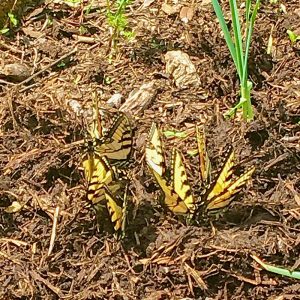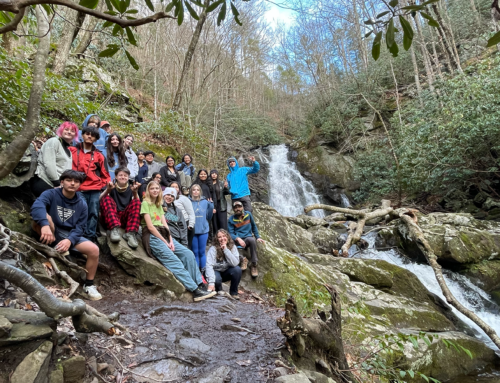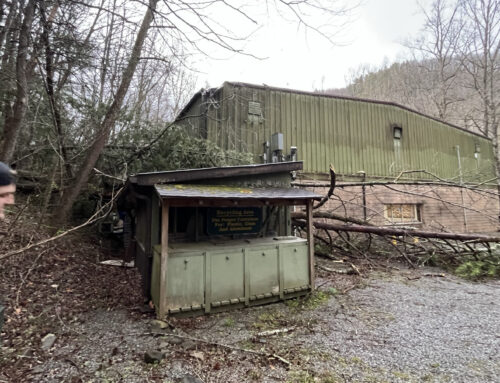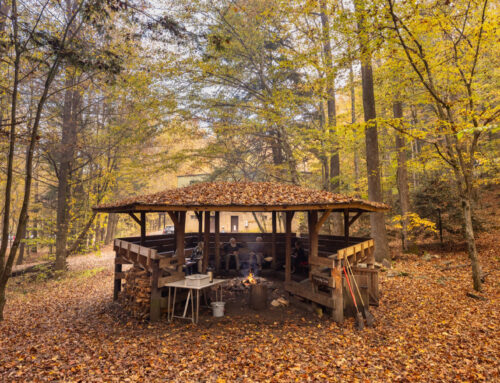Written by Mary Kait Brown, Teacher Naturalist
Spring is underway in Great Smoky Mountains National Park. From the wildflowers to the fresh fungi or the migratory songbirds and flying insects, all are competing for my attention.
I like to sit in my front yard and scan the endless sea of green. Sudden blasts of movement capture my eye—a jolt of fluttering wings, a flash of yellow, a wisp of white. On bright days, their bulky shadows precede them, like a giant of the insect world towering overhead. My mind races. What bird or thing is this, flying over me so low, so brazen in its approach? Nature’s most peculiar contender…the butterfly.
Colorful, Dazzling Movement
Have you ever watched a butterfly move? Some are fast—like the skippers—darting to and fro. Others are more bumbling—like the swallowtails—just floating on the breeze. However, all are fearless, swooping up and down, dive-bombing the ground, then up to the sky, never ceasing to land.
But if you watch them long enough, they do eventually land. After what seems like endless hesitation and with outrageous fussiness, they choose their perch. Butterflies land ever subtly, their delicate wings opening and closing like an invitation, a provocation of sorts: “Come closer, closer still. See me. Touch me—too close!” And just like that they are off again, as fleeting as a moment, intangible as a dream.
Australian writer John Murray wrote that “[butterflies]…are nothing but a drop of color in the ocean. A fleeting moment that dazzles and blinds, and then is gone forever.” These animals are indeed painfully ephemeral. Their life cycles are brilliantly transformative and yet extremely quick. The adult monarch lives only two to six weeks before it dies of old age. But during that time they can travel up to one hundred miles per day—such feats of migration and transformation all in such a small package!
The Chase
Have you ever tried to stalk a butterfly?
 Picture this: a person crouching barefoot with pen and journal in hand, trying to stealthily follow a red-spotted purple (Limenitis arthemis astyanax) around the yard. Back and forth we went. I chased it to the far side of the yard, into the road and back to where we originally started. The image of it is downright ridiculous, but all is fair in the name of scientific observation.
Picture this: a person crouching barefoot with pen and journal in hand, trying to stealthily follow a red-spotted purple (Limenitis arthemis astyanax) around the yard. Back and forth we went. I chased it to the far side of the yard, into the road and back to where we originally started. The image of it is downright ridiculous, but all is fair in the name of scientific observation.
Then suddenly, the butterfly dipped into the rhododendron thickets, and I completely lost sight of it. Woefully, I stood there, wounded by its deception when a streak of yellow passed right in front me—an eastern tiger swallowtail (Papilio glaucus)!
The chase was back on.
Create an Insect Tracking Map
Did you know you can learn more about the lives of butterflies by creating an insect tracking map? This activity encourages you to slow down and notice what our little neighbors are up to! Learn more about this fun activity you can complete in your own backyard!







